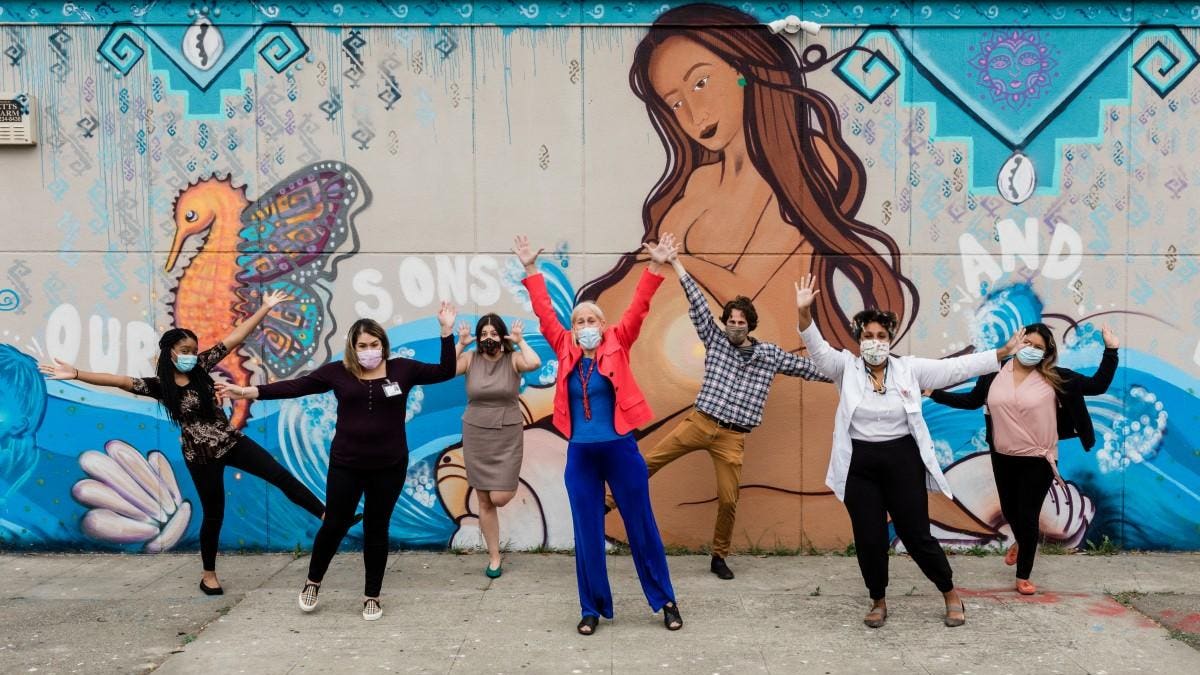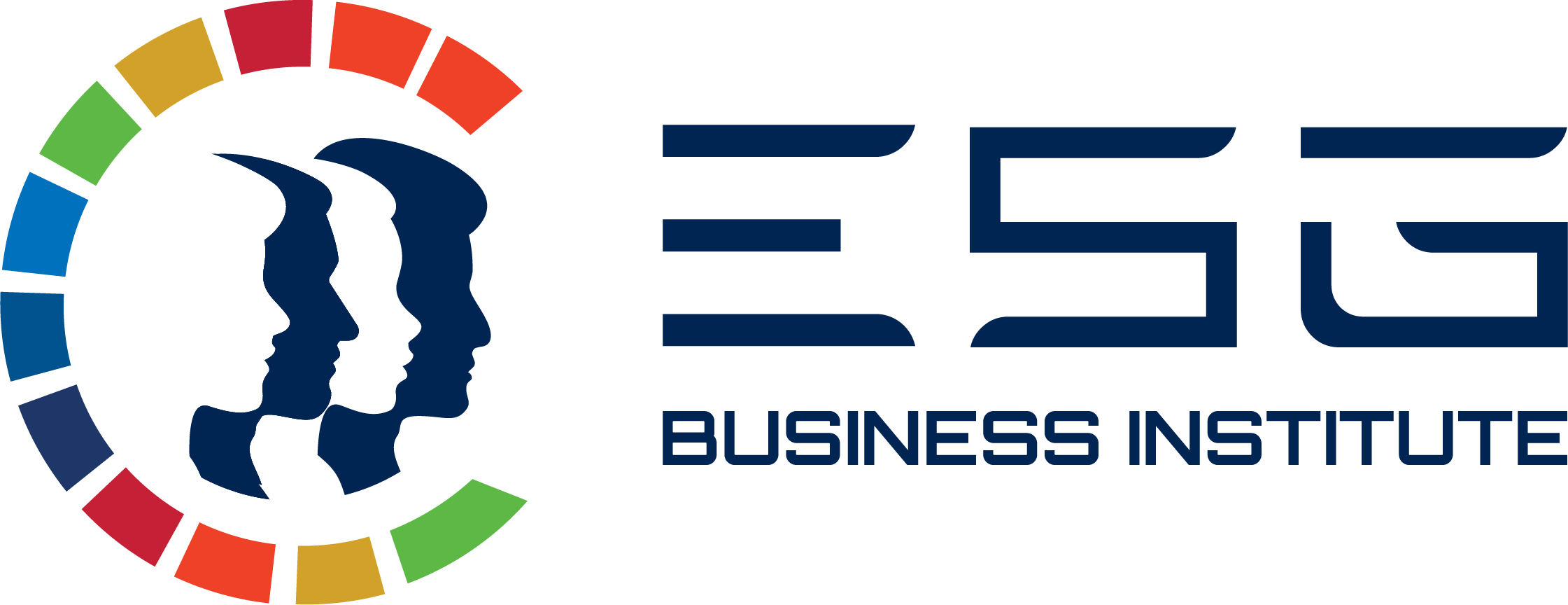
Profit-driven investing has often fueled extractive capitalism, damaging the environment and harming marginalized communities. Impact investing is so named because it has infused positive social and environmental impact alongside financial returns. To advance economic justice, the investment community as a whole, including venture capital and major banks, must change the way it invests, which currently leaves out people of color in huge margins. Federally certified Community Development Financial Institutions (CDFIs) can help investors direct their capital — through purposeful lending — to the places that traditional financial institutions won’t invest.
CNote is an impact investment platform that partners with CDFIs around the nation to deliver investor capital and deposits to communities, small businesses and organizations that are advancing economic justice. Specifically, CNote reports that since the company was founded, 51 cents of every dollar invested through its platform have funded businesses led by people of color and 35 cents of every dollar have funded women-owned businesses. On the investor side, CNote helps large institutions, including corporations, foundations and banks, both make direct investments into CDFI loan funds and deposit institutions, and also use the efficiency of technology to service and report on those investments.
“CDFIs, at the heart of it, are community lenders,” said Catherine Berman, CEO of CNote. “If you think about where banks step out, CDFIs step in. They responsibly deliver capital where it is needed most in a very placed-based, community-first approach. Most CDFIs are nonprofits and there is tremendous alignment around ensuring their borrowers are successful. They win when the community wins.”
CNote is also a certified B Corporation, or a company that has met certain social and environmental standards as verified by the nonprofit B Lab. I spoke with Berman as part of my research on businesses with social missions about the importance of CDFIs, especially given the pandemic, and to learn more about how the company upholds its values in practice.
Christopher Marquis: Can you explain why you chose to partner with CDFIs in order to pursue your goals of closing the wealth gap and advancing economic justice?
Catherine Berman: To be a CDFI, you have to be certified by the government. The certification process is run by the U.S. Treasury Department CDFI Fund. They only certify firms if they’ve proven they are, in fact, a fair and responsible lender. CDFIs need to demonstrate to the government that you are doing proactive, responsible lending to underserved communities.
CDFIs come in various shapes. There are CDFI deposit institutions, there are CDFI banks, there are CDFI credit unions, that all serve different community needs. The nuts and bolts are really about lending. How do we achieve fair and responsible lending for underserved communities so that all individuals have a shot at financial freedom? That is a core tenet of CDFIs. They bring prosperity around a host of issues, from affordable housing to education to food deserts.. You would be hard pressed to find a financial advocate more holistically focused on uplifting communities.
Marquis: How have your CDFI partnerships been affected by the coronavirus pandemic?
Berman: CDFIs are our economic first responders in the United States. Historically, we’ve seen CDFIs step up to address the aftermath of economic and natural disasters like hurricane Sandy and the financial crisis of 2008, and, not surprisingly, we're seeing that now in full force with this pandemic and the associated economic fallout. We were having conversations with CDFIs about saving small businesses before a lot of people were even recognizing what this virus meant for the economy. We’ve seen a few key things from the industry and our partners.
Number one is that CDFIs are absolutely stepping up and doing what they do best - identifying and addressing acute needs by providing fair capital and assistance. For example, the need for timely and necessary technical assistance in the form of small business coaching and resource sharing.
To illustrate, a big challenge has been how do you take a business that was a brick and mortar, very community driven, but never had a digital presence—and transition that to an online presence and effectively start generating revenue? Those are the types of technical assistance needs small business owners have right now which CDFIs have been able to serve, among other examples. We've seen that again and again throughout this pandemic.
The second piece we've seen is obviously increased visibility for the industry. Like I said, most Americans hadn't even heard of the acronym “CDFI”, and yet they’re the powerhouse and economic engine for our country. Well, now people are fortunately hearing about them more and more. One relevant update is around new actors participating in the success of CDFIs. By new actors, I mean corporations, local governments that hadn't formally participated, as well as other private sector organizations like family offices all starting to recognize the work CDFIs have been doing for decades. Coupled with the increased visibility CDFIs are getting, new actors step in to say, “You're the folks that are going to help our economy recover. You're the folks that I should be relying on. So, what do you need?” The presence of new actors has been really exciting from a funding and visibility perspective. It is critical these new actors not only step in now, but also partner for the long-term to create sustainable channels as the industry grows. That is one thing we enjoy deeply about our work at CNote. The ability to use technology for long-term, sustainable change, creating the “pipes” so that deposits and investments can more effectively flow to the CDFIs that need them, when they need them.
The last is performance. One of the things we said from day one is that CDFIs are capital preservation agents. They are very good at identifying borrowers and getting investors repaid, and we continue to see that throughout the pandemic. For CNote’s portfolio, we did a stress test back in July, and not only have we suffered zero losses across our CDFI portfolio but when we ran the stress test, we saw that our portfolio partners could weather up to about 50% in losses and still not have any negative repercussions for our investors. We often spend a lot of time, as we should, talking about the impact that CDFIs have, which has never been more important than it is today because they are the direct mechanism when we think about small business recovery. But it's equally important to talk about how strong they are financially, and that when an investor places their confidence and their funds in CDFIs, they do have a history of strong financial performance. Their performance during the pandemic continues to prove that out.
Marquis: Tell me more about the increased visibility of CDFIs and these new actors entering the space.
Berman: One of our products that you may have seen online is called the Promise Account. It is a fully FDIC / NCUA insured 100% impact cash product designed for large investors and institutions. This solution enables institutions to move large deposits into low-income communities and communities of color while enjoying efficiency, full coverage insurance and impact reporting.
In October, Mastercard announced a $20 million commitment into the Promise Account and we're excited to announce our newest partners this year.
When you think about Mastercard specifically, a $20 million commitment in the Promise Account represents a few things.
First, it shows us that we're not talking about a few million, but a substantial commitment that I think many peers can follow.
It also shows their desire to do this in a very deliberate way. They not only showed great intention around getting funds into communities, but took great care to assess how that money was getting there and which partners they chose to make that happen. CNote being a woman-led firm with a strong DE&I focus was really important. Together, our focus has been deploying dollars where and when they're needed most, and then tracking those funds in a way that is efficient for Mastercard, but not burdensome to our partner depository institutions.
All of those steps they took really highlighted what you can do when you have that intentionality and when you have technology available — which wasn't around even 10 years ago — to move dollars in a safe, secure, and impactful way.
Additionally, the movement toward CDFIs is picking up: Starbucks, for example, just announced a $100 million commitment to create the Starbucks Community Resilience Fund, aimed at advancing racial and environmental justice. The fund will partner with CDFIs to ensure they’re allocated for maximum impact.
Marquis: Why did CNote pursue B Corp certification? What did the company learn from the B Impact Assessment?
Berman: The reason we were excited to pursue B Corp is we want to ensure that we're walking the walk. CNote's mission is to build a more inclusive economy through financial innovation. We fundamentally believe that profit and purpose can align to create shared value for our clients, our company, and society. B Corp certification has become a great indicator of commitment to those values and is something we're aligned with. The B Impact Assessment was useful to understand areas we might improve upon or areas to watch as we scale so it was incredibly valuable to have that external assessment. B Corp certification makes our social mandate clear to stakeholders and empowers leadership and the board to look beyond a sole focus on profits.
